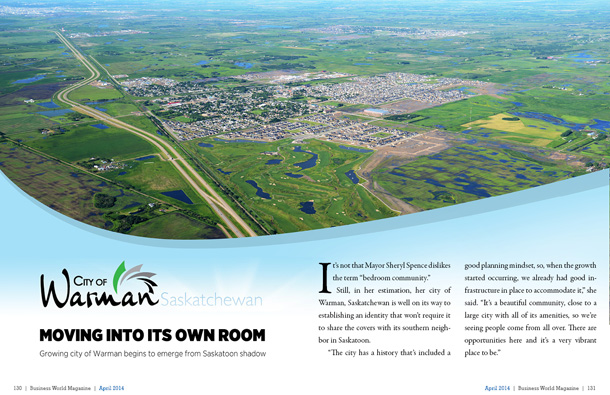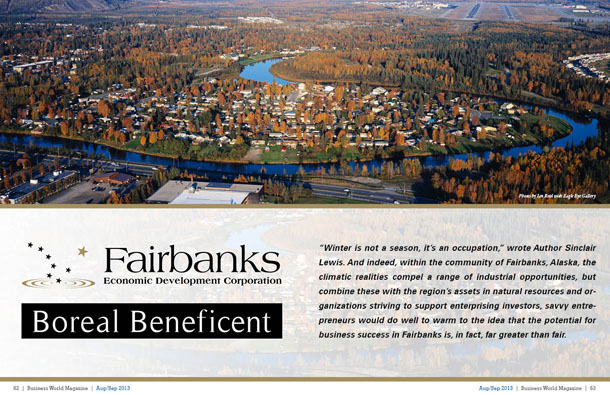The role that Infrastructure Australia plays in the larger aspects of the Australian public works and services is sometimes unclear to the general public, and even at government levels their role is sometimes confused. Simply put, they are an advisory body that was formed in 2008 with the implementation of the Infrastructure Australia Act. They typically review submissions for infrastructure projects that have national implications for the future of the entire nation.
In this regard it is important to note that the recent projects that are being undertaken by the Victorian and Queensland governments in order to recover from the recent floods are not covered by their portfolio, but what is covered is that the Federal Government has redistributed funds that were originally destined for national projects that Infrastructure Australia had advised on. Since this is a temporary reallocation of funds the projects have not been actually cancelled only delayed in order to make sure that the skilled labour and resources are available for the rebuilding efforts.
Functions
As mentioned their position and operations are not always clear to those even on the inside of government works. Recently Senator Scott Ludlam from the Green Party asked the Infrastructure Coordinator, Michael Deegan about funding structures, thinking that the government organisation that he acts as spokesperson and head of actually funds the projects they audit and examine. Many are under the impression that the main function is to approve projects considered by the Federal Government, but largely they conduct audits and advise all levels of government on the implementation of nationally significant infrastructure projects. They also directly engage with other governmental bodies on policy issues and regulatory reforms that would produce improvements in the execution of national efforts.
In their auditing capacity they are actively engaged with current projects in order to determine the adequacy, capacity and condition of projects and facilities.
“We certainly get a good hearing,” said Michael Deegan when asked about how valuable the Government treats their advice. “As an advisory body to government, we have a very strong relationship with the government, and our voice is certainly listened to.”
Dealing with the ports and rail?systems
“We have national top down view of ports,” said Deegan, referring to the report that the Prime Minister’s office released on The National Ports Strategy. “This report outlines the overarching way our ports can and will work together, as well as offering some improvements within the port operating arrangements. This followed two key issues, one for the longer term 30 year master planning, so that the decisions you make today are framed within a longer term context, so that we don’t make the mistakes of the past. The second key element was to establish a set of key performance indicators for the ports to report against, we believe that this process should be open and transparent,” he says. The second part of the entire strategy is the rail systems which also takes this national top down view. Infrastructure Australia examines submissions under this and sees how they best fit into the overall strategy. Deegan says that they are interested only in projects that will drive and promote growth and activity. They have often looked at international models and activities in order to derive their ideas, but they maintain that Australia is its own animal, and must be treated as such.
Power grids
There has been a lot of worry recently about the state of the power infrastructure going forward, but Deegan says that they had examined this as one of the first things they were charged to do.
“We cover energy, water, telecommunication and transport,” lists Deegan. “In the terms of the energy space as part of our orders in 2008, we took a look at the sector with particular interest in the transmission systems. Infrastructure Australia took the view that mechanisms in place for the energy market, with the National Energy Planner, were appropriate for the task ahead. We are reasonably satisfied that the energy players in the market are adequately dealing with those issues. We thought generally in the terms of energy that things were pretty well organised.”
He says that they are actively examining power options for the production side, and indicating that there is of interest in green technologies, but nuclear is not one that really interests Australia. “Although we have uranium, we mostly export it to other countries,” he says. The carbon pricing schemes that have been introduced will also influence the development of this industry in the near future. “From our end we are interested in how this will impact on, and the potential of alternate sources or energy in the infrastructure space. I have to keep my responses pretty general because we have to see where this carbon pricing discussion goes.”








